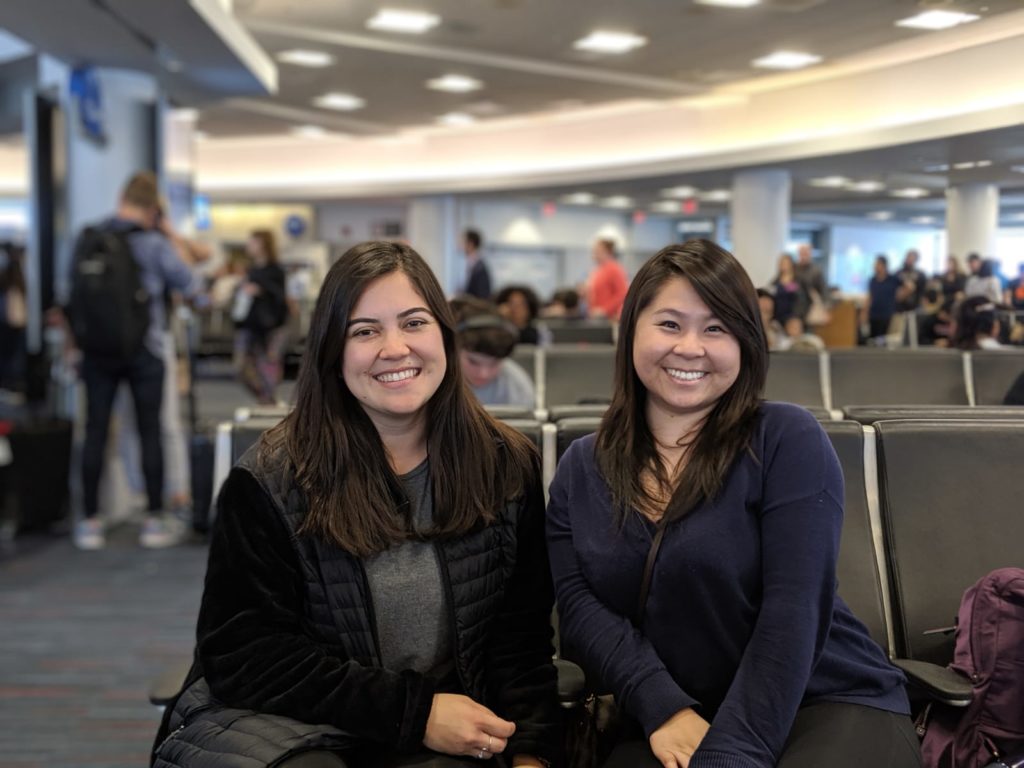Meet the Team!

My name is Theresa Keh, and I am in the full-time Professional MBA program at Chapman University. I graduated from the University of California, Riverside back in 2013 with an Economics degree. I just finished up my first internship this past spring as a tax intern at White Nelson Diehl Evans. I’ve never studied abroad before so I am super excited to be joining this travel course with my fabulous cohort! I look forward to experiencing the culture in Scandinavia and learning about the differences in business practices here compared to the U.S.
Hi I’m Jenna Tarin and I have just completed my first year in the Chapman Professional MBA program. I completed my undergraduate degree at Chapman in Communication Studies and have been learning a lot about business and competitive advantage. This will be my first trip to Scandinavia and my third trip to Europe. I am excited to experience the culture and understand business in a global perspective. Business in the US is very competitive and I’m interested to see if there are any major differences in Scandinavia.
Going Forward!
The underlying concept of our MBA courses thus far often refers back to Porter’s Five Competitive Forces. Porter’s Five Competitive Forces helps companies shape strategy and establish their competitive advantage in their market.
The forces that shape competition are as follows:
- Threat of New Entrants — Depending on the industry, barriers to entry for new entrants to the market may be high. This means that start up costs are higher but they may have less competitors. If the barriers to entry are low, the industry may be saturated.
- Power of Suppliers — This explains the influence that suppliers have on other companies by raising prices, lowering quality, or reducing the number available products. When there are a low number of suppliers in that space, they have more leverage in that industry.
- Power of Buyers — This explains the power that consumers have on businesses in regards to driving price and demand of products or services. Demand is ultimately reliant on consumers.
- Threat of Substitutes — Companies face risk when substitutes become available because consumers have alternative(s) to purchase, affecting profitability.
- Rivalry Among Existing Competitors — Rivalry is dependent on the intensity and basis on how companies are competing. Some factors that increase rivalry among firms include: large number of firms, slowed industry growth, high fixed costs, and high exit barriers. Increased rivalry brings that industry to closer to “perfect competition.”
During our trip we will be visiting a number of businesses in Finland, Estonia, Sweden, and Denmark; and discussing the competitive advantage of each. We look forward to sharing our experience with you in blog posts to come!



